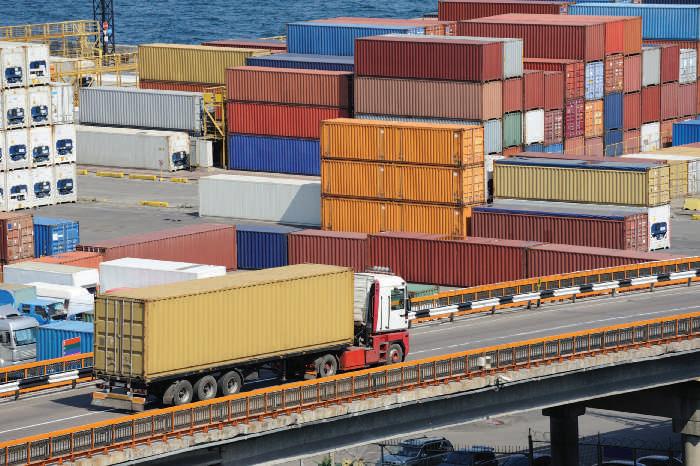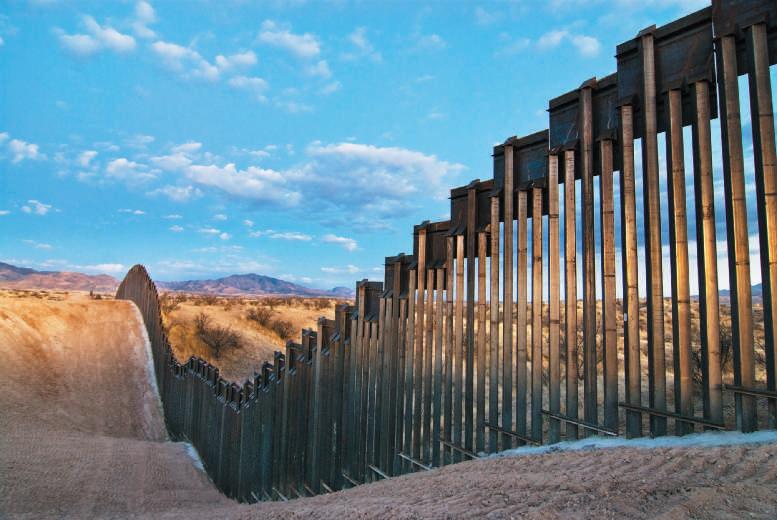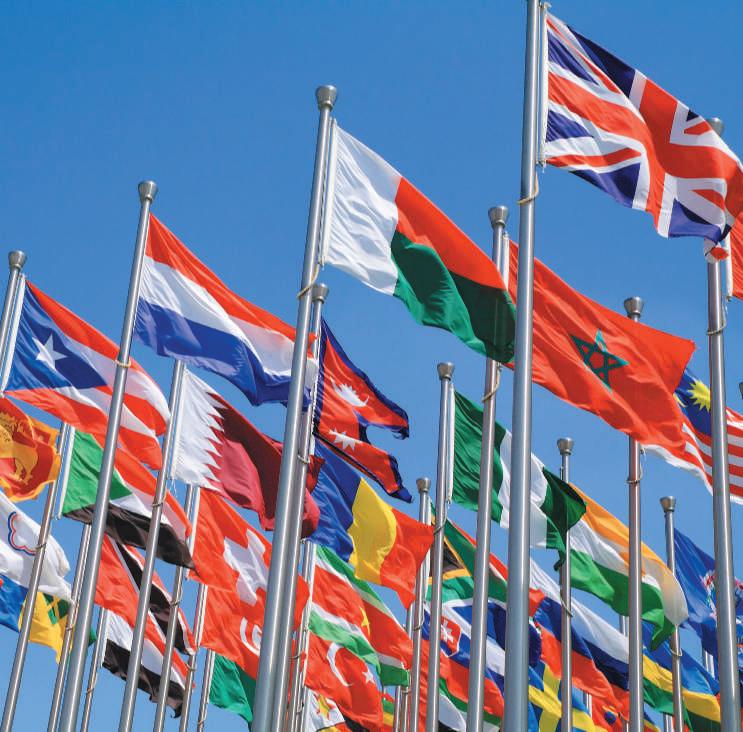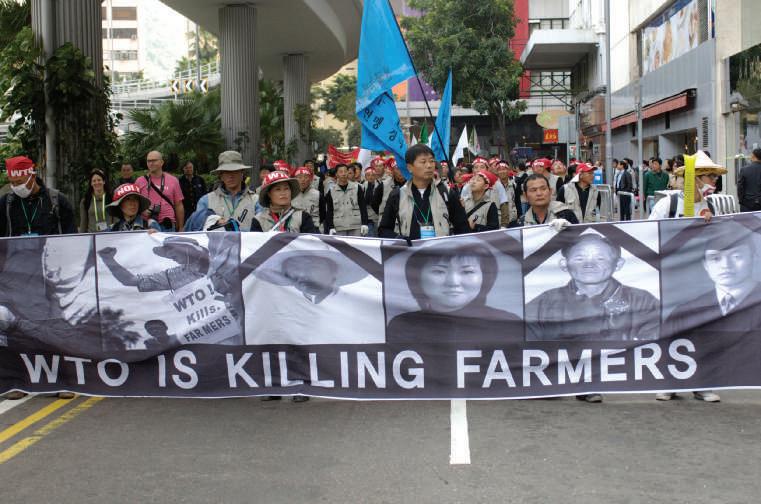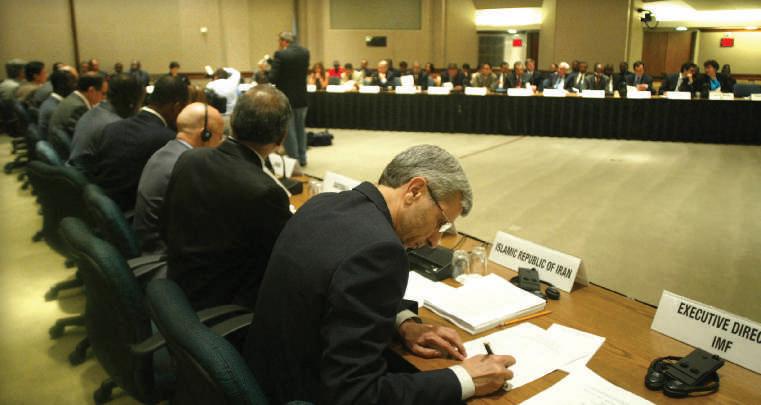G lo b al St r ateg i c H u m an Re s o u r ce Manage m ent
273
11-1-4 Outsourcing and Offshoring Outsourcing involves a company subcontracting a certain production function to a third party. As noted elsewhere in the chapter, many companies are outsourcing a part of their job recruitment process to Internet-based recruiters like Careerbuilder.com. Offshoring involves transferring an organizational function to another country, regardless of whether this function is outsourced or stays within the same company or corporation. For example, a U.S. company turning all of its corporate payroll processing function over to another U.S. company, such as Automatic Data Processing Corporation (ADP), would represent an example of outsourcing. General Motors transferring the manufacturing of its Saturn automobile from a GM plant in Detroit, Michigan, to a GM plant in Monterrey, Mexico, would represent an example of offshoring. A sneaker company like Reebok transferring the manufacturing of its sneakers to a third-party manufacturing company in Vietnam or Thailand would represent an example of both outsourcing and offshoring. The example of Nighthawk Radiology earlier in the chapter, involving U.S. hospitals subcontracting radiology services to radiologists in countries like Australia, represents another example of this phenomenon. The offshoring and outsourcing phenomenon has been extremely controversial among U.S. workers and labor unions because it essentially involves transforming U.S. corporate jobs into jobs with other companies overseas. That being the case, why do companies engage in this activity? Clearly one rationale in this regard is cost. Salaries for sneaker manufacturing workers in countries like Vietnam or Thailand are likely to be far lower than those of similar workers in the United States, especially given recent increases in the U.S. minimum wage. Moreover, there may not be significant differences in the quality of work done by workers in the two countries. For example, Nighthawk Radiology is able to get X-rays read by highly qualified radiologists in Australia who earn lower salaries than U.S. radiologists. If companies can get comparable quality work done at a lower price by overseas workers, they can charge less for these products than if U.S. workers were involved. Lower-priced, high-quality X-rays or Reebok sneakers ultimately inure to the benefit of U.S. consumers and hospital
Henry Romero/Reuters
outsourcing
Virtually all the U.S. automobile companies have off-shored auto manufacturing to Mexico and other countries.
involves a company subcontracting a certain production function to a third party
offshoring
involves transferring an organizational function to another country whether outsourced or not
Copyright 2017 Cengage Learning. All Rights Reserved. May not be copied, scanned, or duplicated, in whole or in part. Due to electronic rights, some third party content may be suppressed from the eBook and/or eChapter(s). Editorial review has deemed that any suppressed content does not materially affect the overall learning experience. Cengage Learning reserves the right to remove additional content at any time if subsequent rights restrictions require it.









